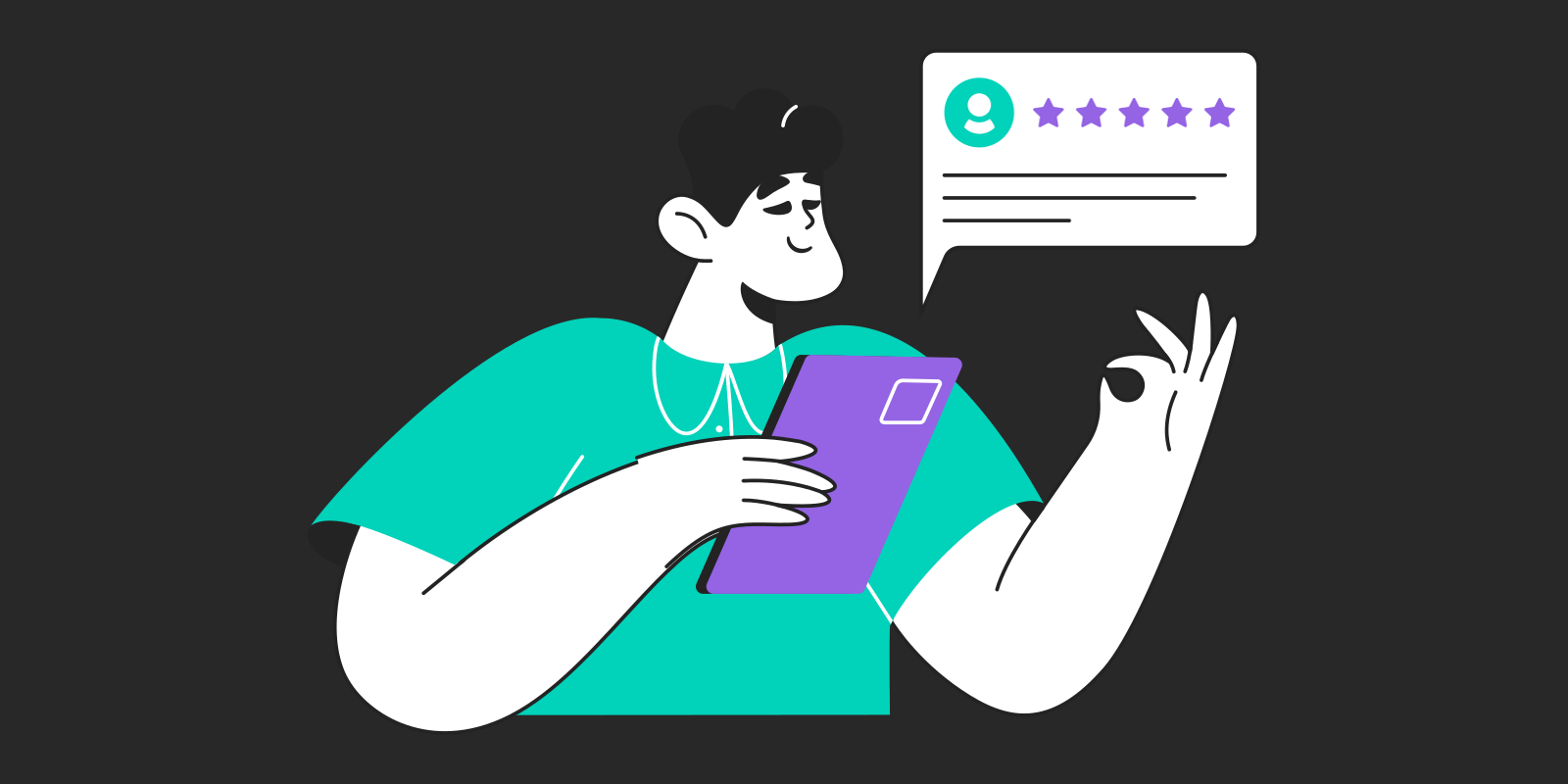Introduction
Customer service is the frontline of any business, directly impacting customer satisfaction and loyalty. Effective training for customer service staff is crucial to ensure they have the skills and knowledge needed to deliver exceptional service. Let’s explore innovative strategies to elevate your customer service training programs and drive remarkable customer experiences.
The Importance of Customer Service Training
Customer service representatives are the face of your company. Their interactions with customers can make or break the customer experience. Well-trained staff can resolve issues efficiently, foster positive relationships, and enhance the overall perception of your brand. Conversely, poorly trained staff can lead to dissatisfied customers, negative reviews, and lost business.
Key Components of Effective Customer Service Training
- Comprehensive Onboarding: Start with a thorough onboarding process that covers company values, product knowledge, and service standards. New hires should understand the importance of their role and how it contributes to the company’s success.
- Soft Skills Development: Customer service is as much about people skills as it is about product knowledge. Training programs should emphasize communication, empathy, active listening, and problem-solving skills. Role-playing scenarios can be particularly effective in building these skills.
- Product and Service Knowledge: Ensure that customer service staff have a deep understanding of the products and services they support. This knowledge enables them to answer questions confidently, provide accurate information, and resolve issues more effectively.
- Real-Time Feedback and Coaching: Implement systems for real-time feedback and coaching. Regularly review customer interactions and provide constructive feedback to help staff improve. Utilize coaching sessions to address specific challenges and reinforce best practices.
- Continuous Learning: Customer service training should not be a one-time event. Encourage continuous learning through regular training sessions, workshops, and access to online resources. Keeping staff updated on new products, services, and industry trends is essential.
- Gamification: Incorporate gamification elements into your training programs to boost engagement and motivation. Use points, badges, leaderboards, and rewards to make training more interactive and enjoyable. Gamification can make learning fun and competitive, driving better results.
- Customer Feedback Integration: Use customer feedback to identify training needs and areas for improvement. Analyze customer satisfaction surveys, reviews, and support tickets to gain insights into common issues and training gaps. Tailor your training programs to address these areas.
Real-World Success Stories
- Zappos: Known for its exceptional customer service, Zappos places a strong emphasis on training. All new employees, regardless of position, undergo an extensive four-week training program focused on company culture, customer service skills, and product knowledge. This comprehensive approach has contributed to Zappos’ reputation for outstanding customer service (Wellable).
- Amazon: Amazon’s customer service training includes rigorous onboarding and continuous learning programs. Employees are trained to handle various scenarios with a customer-first mindset. Amazon also uses technology and AI to provide real-time feedback and coaching to its customer service staff, ensuring high standards are maintained (SelectHR Reviews).
- Marriott: Marriott International provides extensive training for its customer service employees, including classroom instruction, online courses, and on-the-job training. The company emphasizes the importance of empathy and personalization in customer interactions, leading to high customer satisfaction and loyalty (Techjury).
Best Practices for Implementing Customer Service Training
- Assess Training Needs: Conduct a thorough assessment of training needs based on customer feedback, performance metrics, and employee input. Identify key areas where training can have the most significant impact.
- Customize Training Programs: Tailor training programs to meet the specific needs of your customer service team. Consider factors such as experience levels, product complexity, and common customer issues.
- Use a Blended Learning Approach: Combine various training methods, including classroom instruction, online courses, hands-on training, and simulations. A blended approach can cater to different learning styles and preferences.
- Monitor and Measure Effectiveness: Regularly evaluate the effectiveness of your training programs. Use metrics such as customer satisfaction scores, first-call resolution rates, and employee performance to gauge success. Adjust your training strategies based on these insights.
- Foster a Learning Culture: Encourage a culture of continuous learning and improvement. Recognize and reward employees who excel in training and apply their skills effectively. Create opportunities for career development and advancement within the customer service team.
Meet More Gamification
Enhance your customer service training with More Gamification, our cutting-edge gamification app. More leverages game mechanics to make training interactive, fun, and effective. With features like points, badges, leaderboards, and real-time feedback, More transforms traditional training into a dynamic and engaging experience. Equip your customer service team with the skills they need to excel and deliver exceptional customer experiences. Whether you need something custom or want to try our app for free, find out more about our services here: https://www.moregamification.com/services-products/
Conclusion
Investing in customer service training is essential for delivering exceptional customer experiences. By focusing on comprehensive onboarding, soft skills development, continuous learning, and innovative training methods like gamification, you can equip your customer service team with the tools they need to succeed. Embrace these strategies to enhance your customer service training programs and drive long-term business success.


